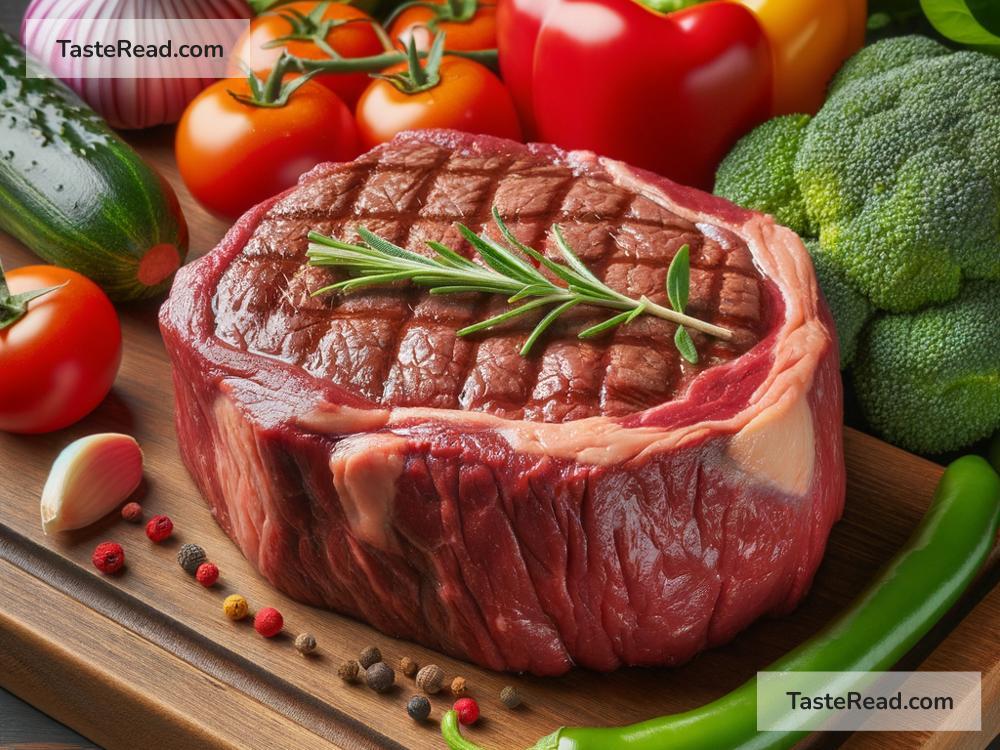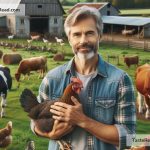Choosing Grass-Fed Meat for Lower Carbon Emissions: A Simple Guide
In our journey toward a more eco-friendly lifestyle, the choices we make daily can have a big impact on our planet. One area where we can really make a difference is in our diet, particularly when it comes to meat consumption. With growing concerns over climate change, many of us are looking for ways to reduce our carbon footprint. One effective measure could be choosing grass-fed meat over its conventional, grain-fed counterpart. Let’s delve into why this decision not only benefits your health but also helps our beloved planet.
Understanding the Difference
First things first, it’s important to know what sets grass-fed meat apart. Traditionally, farm animals are raised on a diet that majorly includes grains like corn and soy, mainly because it’s cheaper and fattens the animals quicker. However, grass-fed livestock are allowed to graze and forage as they would naturally, eating grass, herbs, and flowers.
Why Grass-Fed Is Greener
1. Lower Greenhouse Gases
Grain-fed animals produce significantly more methane, a potent greenhouse gas, due to the fermentation process of grains in their stomachs. Grass-fed animals, on the other hand, generally produce less methane because grass ferments in a way that results in lower methane production. Furthermore, well-managed grass-fed systems can help the soil absorb carbon from the atmosphere, a process known as carbon sequestration, contributing to lowering the carbon footprint.
2. Promoting Biodiversity
Grass-fed farming encourages the growth of a variety of plants and provides habitats for numerous wild species. This biodiversity is crucial for a healthy ecosystem, as it helps control pests, purify water, and improve soil quality. Conventional farming, by contrast, often leads to monocultures, where the same crop is planted year after year, reducing biodiversity and the soil’s health.
3. Reducing the Use of Antibiotics
The intensive farming of grain-fed animals often requires antibiotics to keep them healthy in crowded conditions, leading to the rise of antibiotic-resistant bacteria. Grass-fed animals usually have more room to roam and don’t need antibiotics, as they’re generally healthier, which is better for the environment and public health.
4. Less Dependence on Fossil Fuels
Growing grains to feed animals is energy intensive and relies heavily on fossil fuels — from the machinery used for planting and harvesting to the transport and processing. On the other hand, grass-fed farming is less reliant on such inputs, making it a less polluting option.
Making the Switch
Opting for grass-fed meat is a step in the right direction, but it’s also crucial to do it thoughtfully. Here are a few tips to keep in mind:
- Know Your Source: Try to buy directly from farmers or trusted sources who practice sustainable grazing methods.
- Eat Less, Choose Better: Grass-fed meat might be pricier, but it’s also more nutrient-dense. Consider eating smaller amounts of better-quality meat.
- Balance Your Diet: Incorporating more plant-based foods into your meals can further reduce your carbon footprint.
Conclusion
Choosing grass-fed meat is more than just a dietary preference; it’s a vote for a more sustainable and healthier planet. As consumers, we wield power through our purchases. Opting for products that are in harmony with nature is a big stride toward combating climate change. Let’s make conscious choices, starting with the food on our plates. It might seem like a small step, but remember, many small steps together can make a big difference. Happy, sustainable eating!
Understanding the impact of our food choices is crucial in our fight against climate change. By opting for grass-fed meat, we not only enjoy healthier meals but also contribute to a lower carbon footprint, supporting a more sustainable and vibrant ecosystem. It’s a win-win scenario for our health and the environment. Let’s embrace these greener practices and move towards a more sustainable future, one meal at a time.


